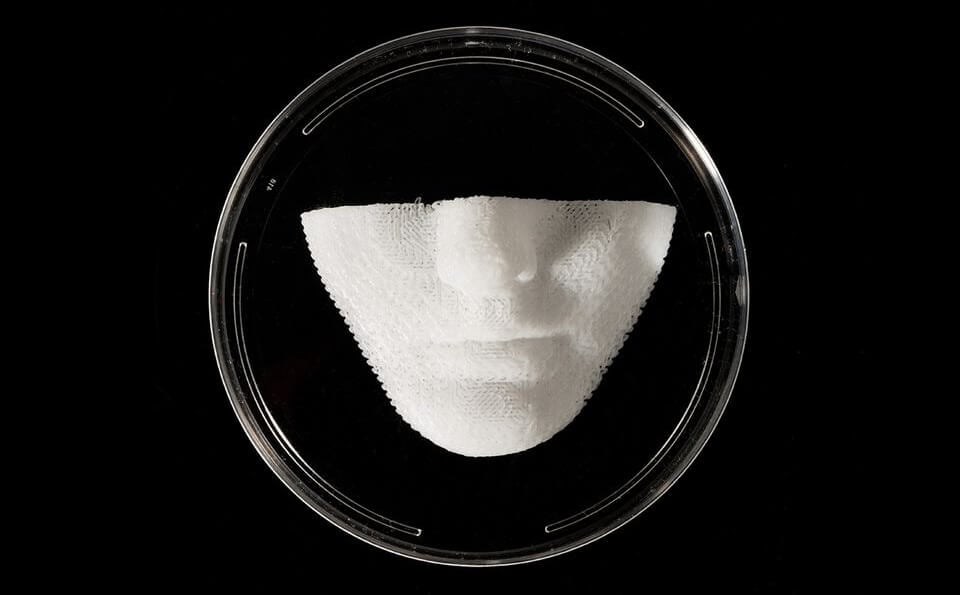
3D Printed Ovary: Successes in Mice
Bioprosthetic ovaries.
Dr. Laronda and colleagues are researching ways to create implantable bioprosthetic ovaries for women with primary ovarian insufficiency and to engineer organs that support sex hormone production. The researchers were recently successful in developing techniques in mice that lay the groundwork for creating a human 3D printed ovary.1
With the implant, the goal is to stimulate ovulation of a healthy egg, uterine wall development during pregnancy, and lactation following birth. And women who’ve undergone cancer treatment might regain healthy hormone production that can also stimulate normal stages of development such as puberty and menopause.
What is 3D organ printing?
First introduced in 2003, 3D printing uses modified inkjet printers to produce three-dimensional biological tissue. The printer cartridges are filled with alternating patters of living cells and a smart gel, which provides structure to the organ. Layer upon layer is constructed to build a particular organ structure, which forms a scaffold for cells. So far, 3D printing of organs in humans has been successful in organs that are flat like skin or hollow like the bladder. More complex organs are still undergoing research.2,3,4
3D printed scaffolds.
Similar to creating scaffolding that temporarily surrounds a building needing repairs, the researchers at Northwestern constructed 3D printed “scaffolds” to house and support immature eggs and cells that produce hormones.
The researchers experimented with different scaffold designs to see how various levels of porosity affected the growth, maturation, and survival of ovarian follicles. They needed to create enough open structure to allow room for egg cells to mature and ovulate, as well as for blood vessels to form and circulate hormones.
The team chose gelatin for their 3D-printer ink. Safe for use in humans, it is a biological hydrogel made from broken-down collagen, which is abundant in mice and humans—providing structure for bones, skin, and other organs. They determined a gelatin temperature that could be self-supporting and allow for construction of multiple layers in creation of their artificial ovary.
Because the ovary is a more complex, heterogenous organ with compartments of follicles at varying stages of growth, the researchers’ 3D design choices may provide advances in designing an artificial ovary in humans—one that could have varying levels of stiffness and have lasting functioning.1
The procedure.
During each procedure, the researchers removed an ovary from a female mouse and then replaced it with a 3D printed ovary, seeding it with about 40–50 small follicles. The artificial ovary became vascularized within a week of implantation, creating density and distribution of vessels similar to those in normal ovaries. Most exciting of all? Three of 7 mice that received bioprosthetic ovaries not only ovulated, but also gave birth to and nursed healthy pups.1
Future development.
Although this study was limited to mice, the research is an important step in the field of soft tissue regeneration. It shows that bioprosthetic ovaries have the potential to function durably over the long term.
This technology also comes with other advantages. For example, 3D printing allows researchers to scale the size of the tissue to what’s needed in a particular transplant recipient. And the construct has the potential to be printed with embedded vasculature to accommodate the nutrient demands in larger tissues.1
Sources
- Laronda MM et al. Nat Commun.2017;8:15261. Available at: https://www.ncbi.nlm.nih.gov/pmc/articles/PMC5440811</https:>
- Berthiaume F et al. Annu Rev Chem Biomol Eng.2011;2:403–430. https://www.ncbi.nlm.nih.gov/pubmed/22432625
- Murphy SF and Atala A. Nat Biotechnol.2014;32(8):773–785. https://www.ncbi.nlm.nih.gov/pubmed/25093879
- Smithsonian.com: “Soon, Your Doctor Could Print a Human Organ on Demand.” Available at https://www.smithsonianmag.com/innovation/soon-doctor-print-human-organ-on-demand-180954951</https:>
Categories
About the Blog
Welcome to the Pacific Fertility Center Blog! Nationally and internationally recognized for providing exceptional reproductive care, our team believes in empowering people with the knowledge they need to navigate their unique fertility journeys.
From information on the latest fertility treatments to valuable insights on egg donation, surrogacy, and everything in between, the Pacific Fertility Center Blog is your ultimate resource for all things reproductive care and support. Read on to learn more, and contact us today if you have any questions or want to schedule a new patient appointment.

